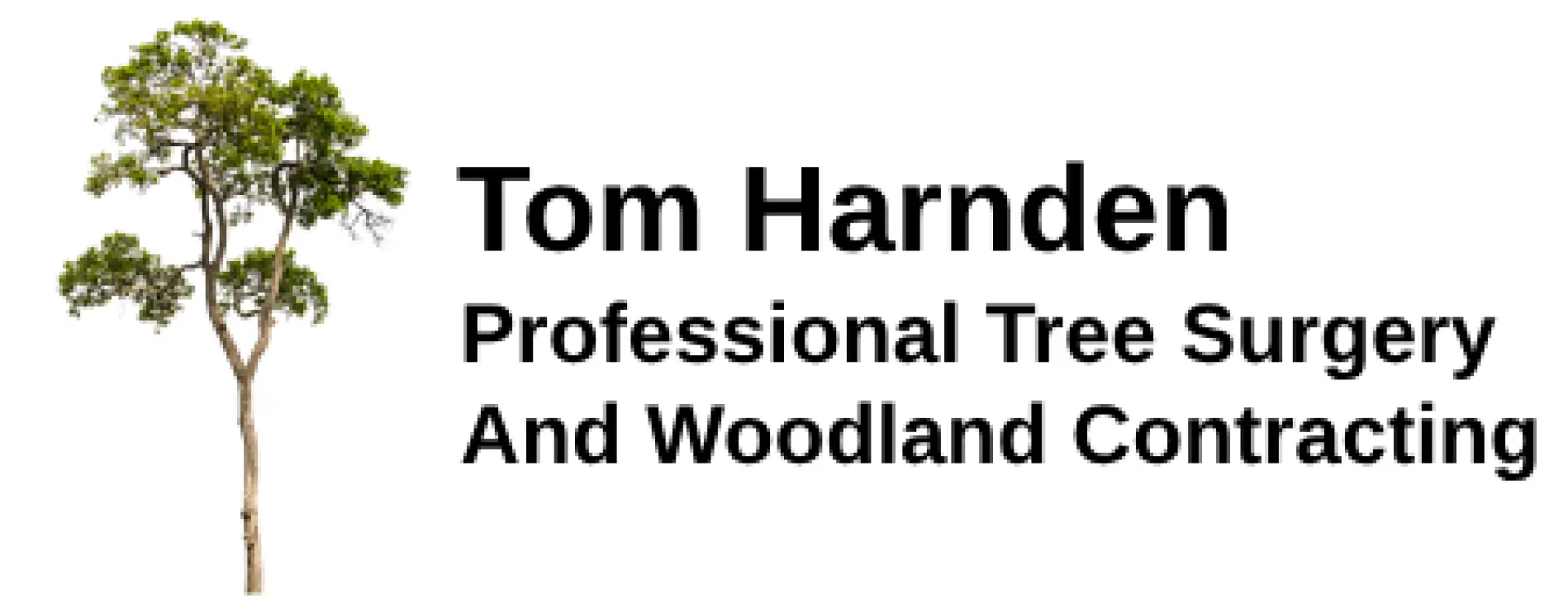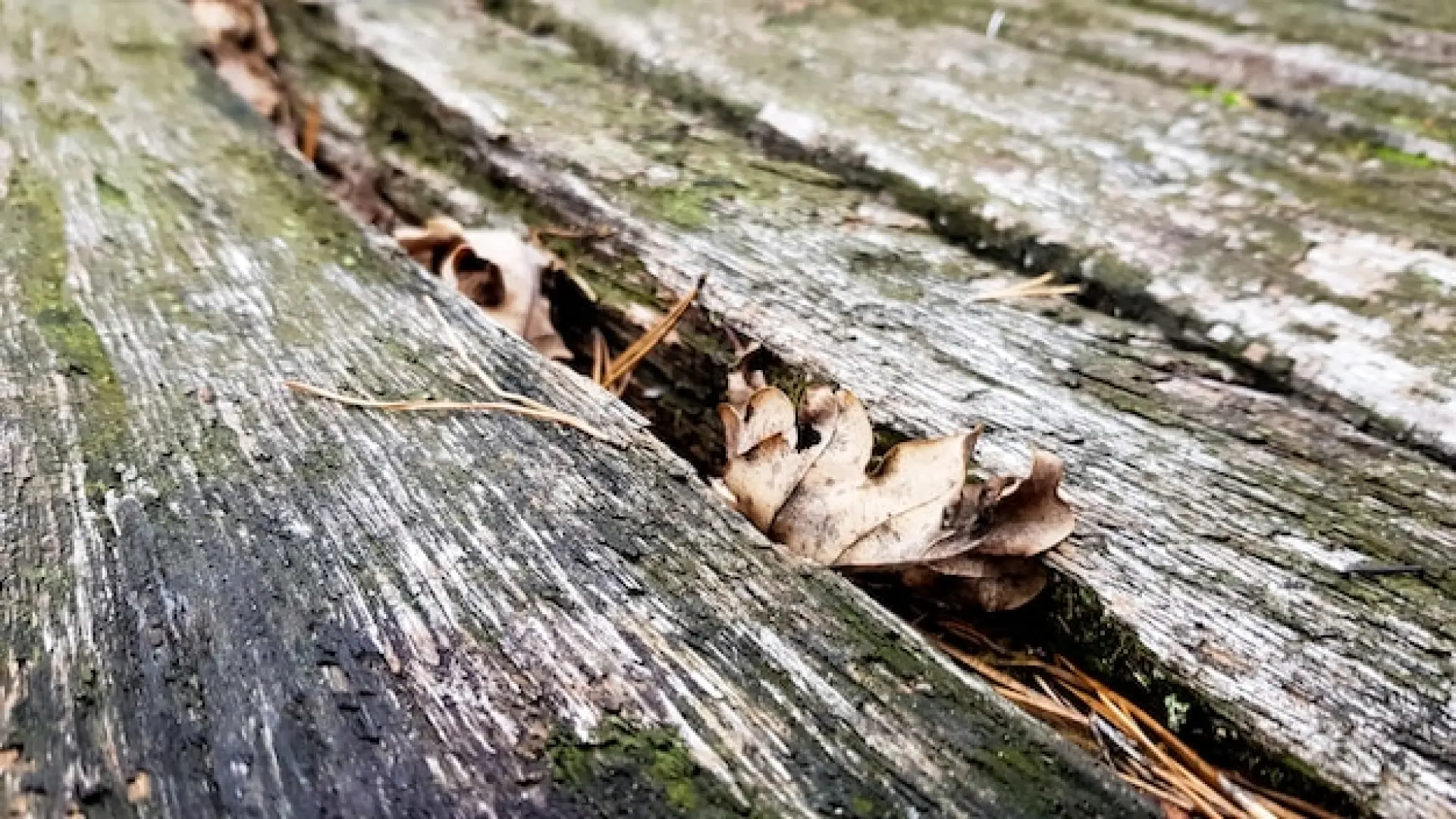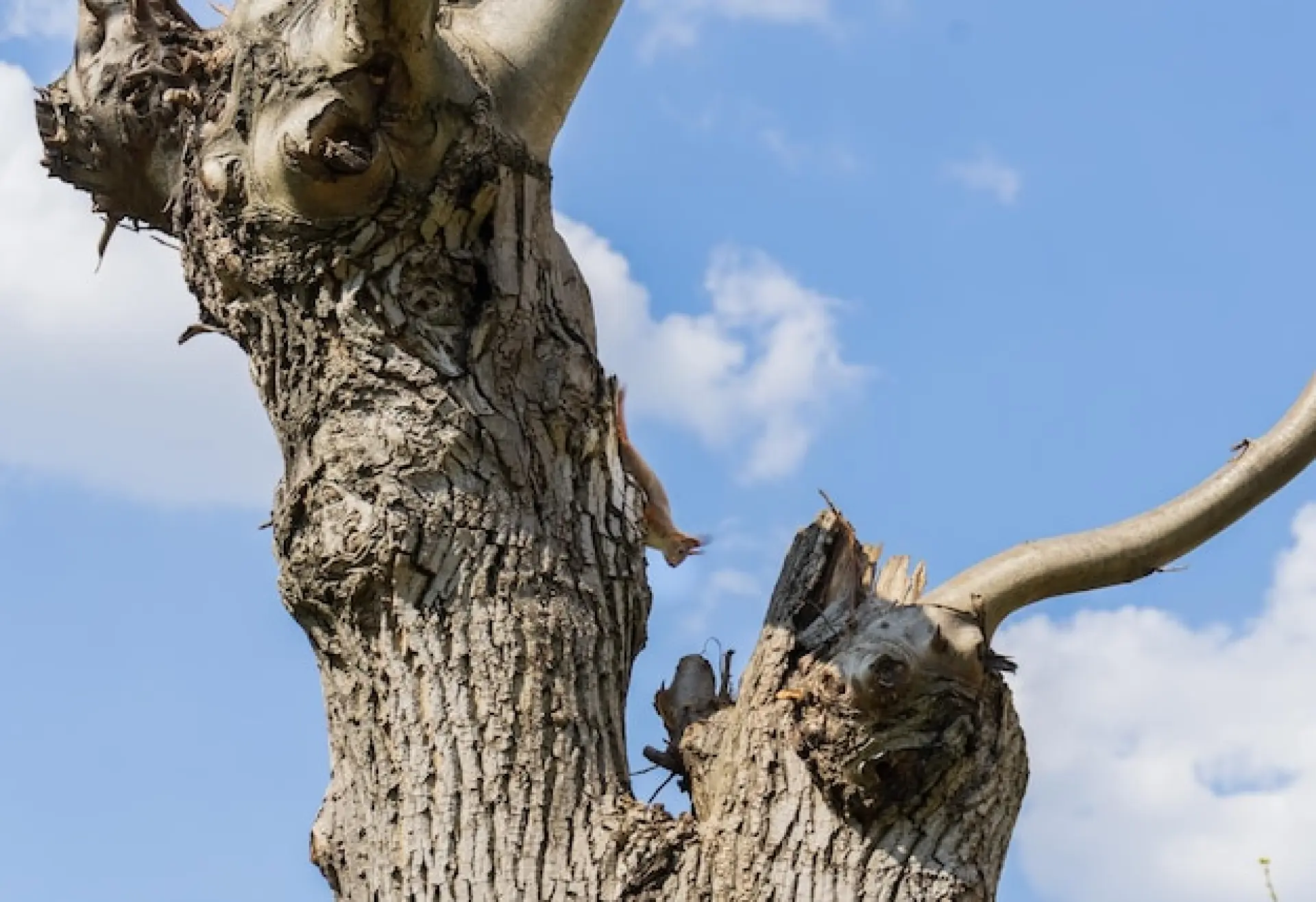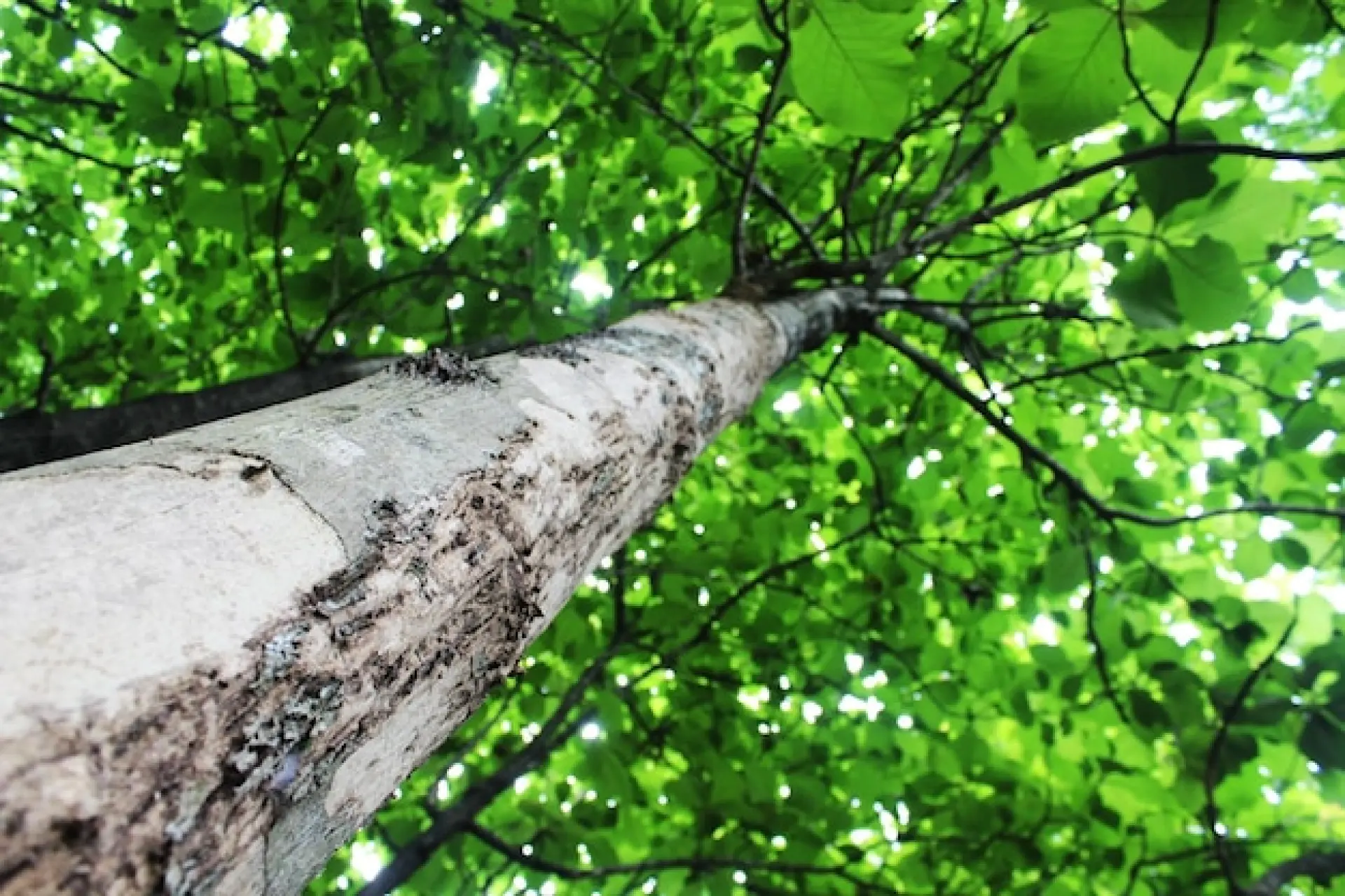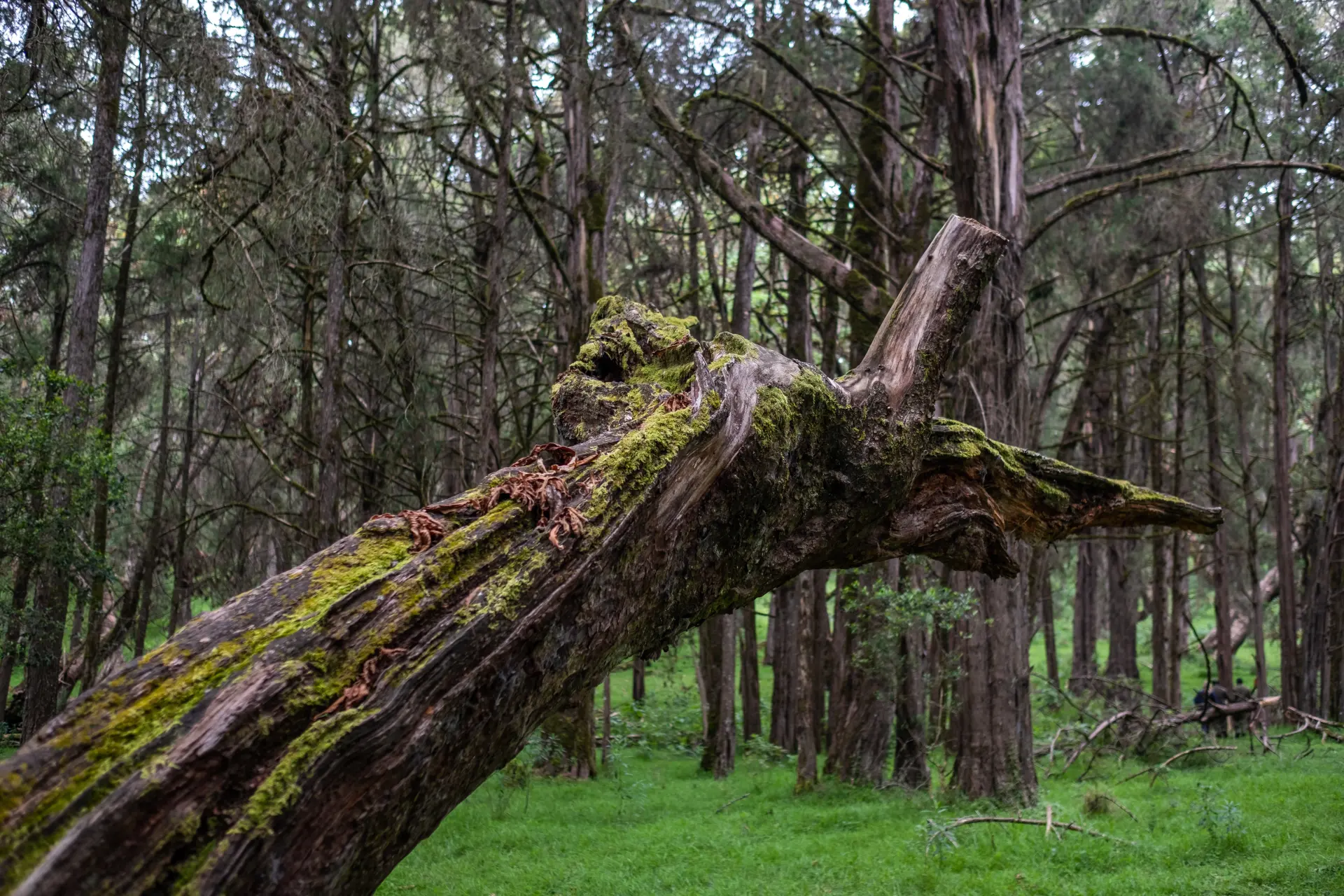Are you asking 'When Is Tree Removal Necessary'? Navigate the signs of a dying tree and prevent potential safety hazards. Consult with our professional tree specialists.
Dead or Dying Trees
A tree that is dead or in the process of dying can become a safety risk. Without healthy branches or a strong trunk, it may collapse unexpectedly, posing a threat to people, buildings, and vehicles. Signs of a dying tree include brittle branches, peeling bark, and a lack of leaves during the growing season.
If the majority of the tree shows signs of decay, removal may be the safest option. Dead trees also attract pests such as termites, which can spread to nearby plants or even homes. Consulting a professional tree specialist can help determine whether removal is necessary or if pruning and treatment can restore the tree’s health.
Structural Damage
Trees that have suffered structural damage due to storms, high winds, or accidents can become unstable. Large branches that have broken off or a cracked trunk can weaken the overall integrity of the tree, making it more likely to fall. In some cases, minor damage can be managed with professional pruning, but severe structural issues often require removal.
Leaning trees, particularly those with exposed or damaged roots, pose a higher risk of falling. If a tree is close to buildings, roads, or power lines, its weakened structure increases the danger. Removing a structurally damaged tree ensures safety and prevents costly property damage.
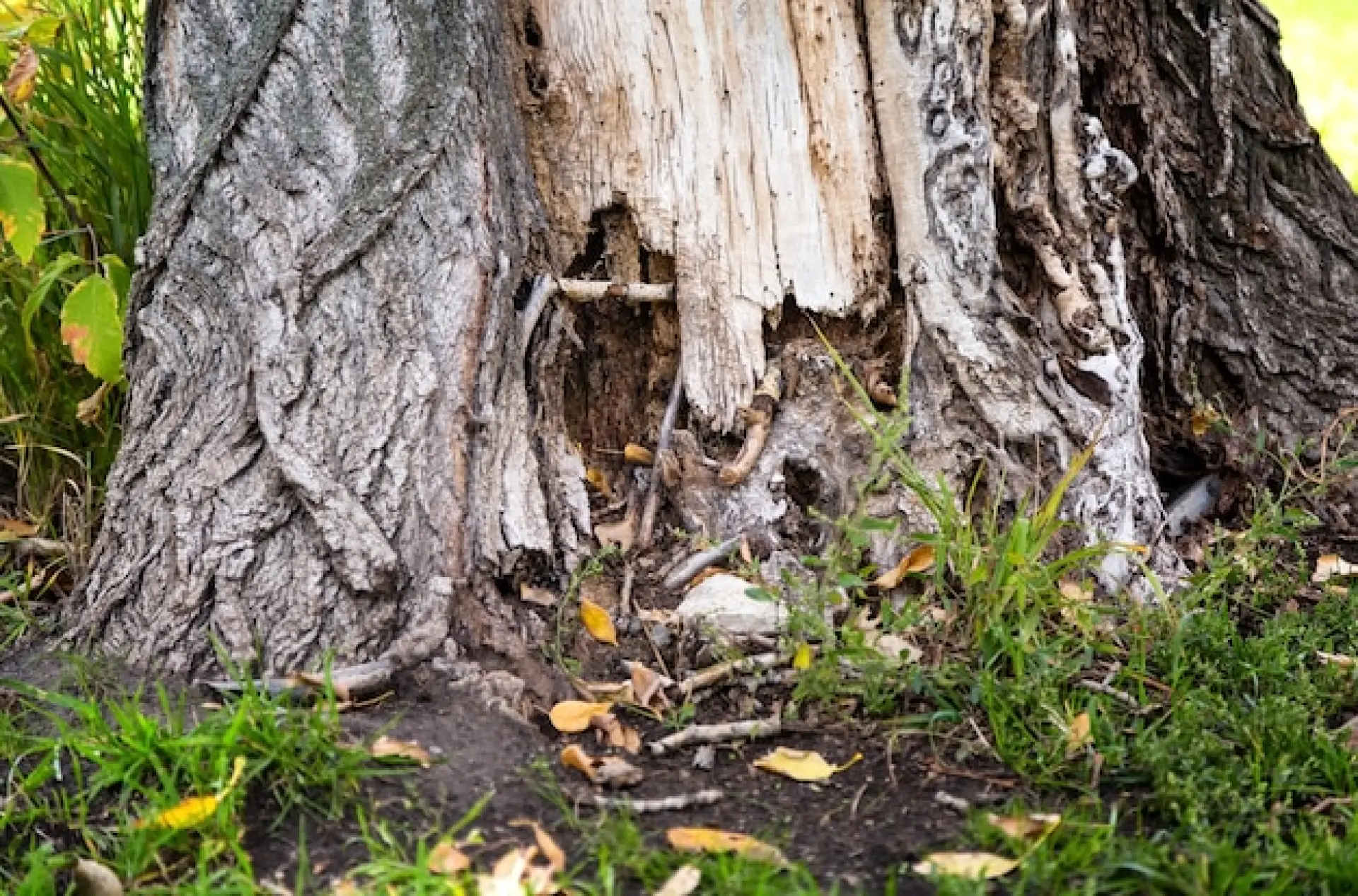
A structurally compromised tree can also present legal and insurance concerns. If a tree falls and causes damage, property owners may be held liable for negligence if the risk is known but not addressed. Insurance companies may not cover damages caused by an unstable tree that should have been removed beforehand.
Additionally, falling branches or an entire tree collapsing can lead to road obstructions, power outages, or injury to passers-by. Even if a tree appears stable, internal decay or hidden damage can make it unpredictable. Professional tree assessments can help determine whether the structure is safe or if removal is the best course of action.
Tree Diseases and Pests
Trees affected by disease or pests can decline rapidly, spreading the problem to surrounding vegetation. Common signs of tree disease include wilting leaves, fungal growth, and unusual bark patterns. Pests such as wood-boring insects can cause significant internal damage, weakening the tree from within.
If the disease is caught early, treatments such as pruning or pest control measures may help restore the tree. However, if the infection has spread extensively, removal may be the best option to prevent further contamination. A professional assessment is essential to identify the extent of damage and decide whether treatment or removal is necessary.
Root Damage Affecting Foundations
Tree roots grow underground, often spreading far beyond the base of the tree. When roots interfere with building foundations, pavements, or underground utilities, they can cause significant structural problems. Cracked walls, uneven flooring, and blocked drainage pipes may indicate root-related damage.
While root pruning is sometimes an option, removing the tree is often necessary if the damage is severe. Certain tree species have more aggressive root systems that pose a higher risk. If a tree is too close to a property or shows signs of root-related structural damage, professional advice should be sought to assess whether removal is required.
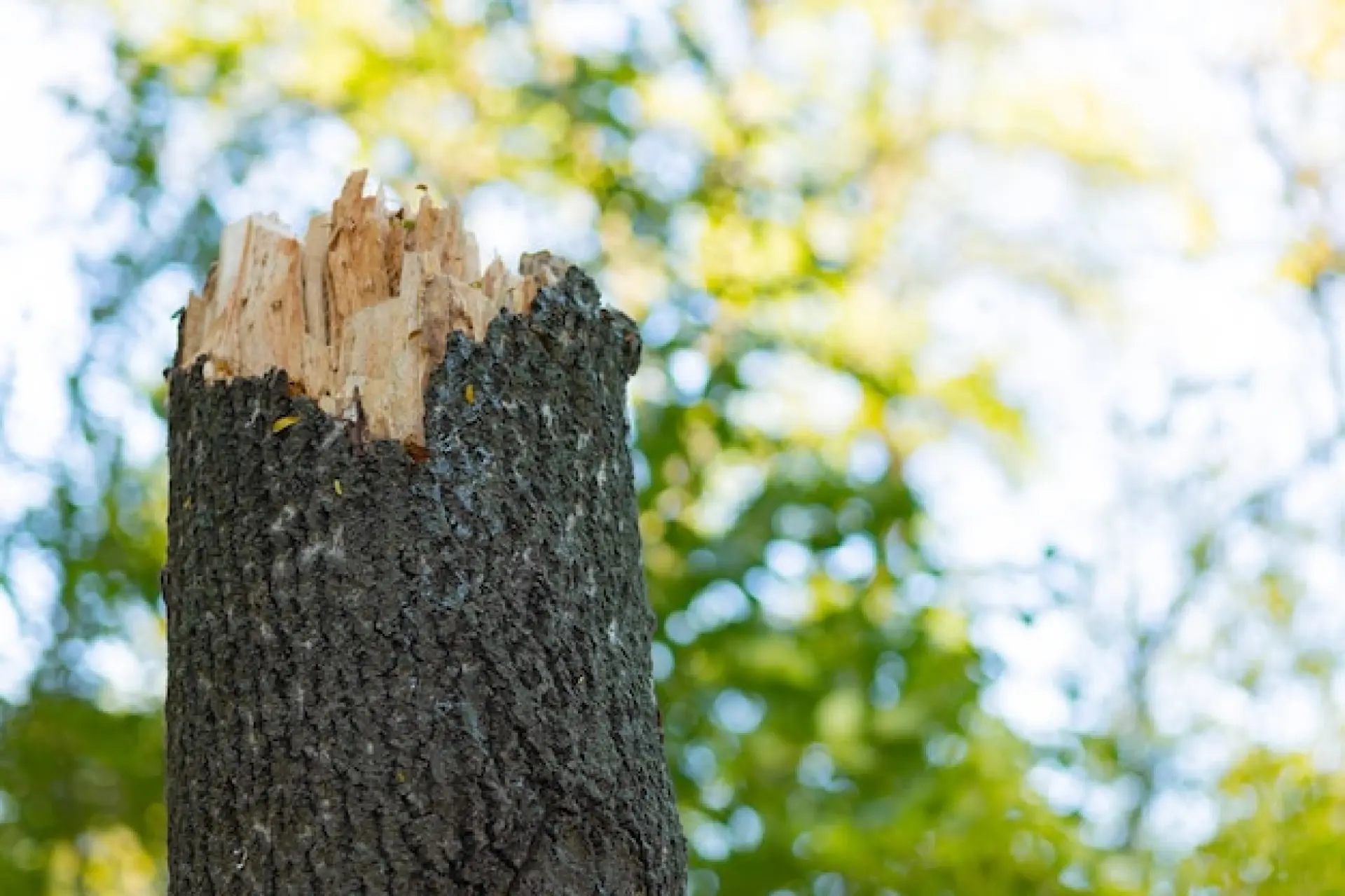
Root damage is particularly concerning because it can go unnoticed for years, progressively weakening foundations and underground structures.
Unlike surface damage, which can be spotted easily, root-related problems often require professional inspections and may only become apparent when major repairs are needed.
In addition to foundations, tree roots can impact driveways, patios, and sewer lines, leading to expensive restoration work.
Some roots absorb moisture from the soil around a foundation, causing the ground to shrink and settle unevenly, which can lead to structural instability in buildings. In severe cases, removing the tree may be the only way to prevent further damage.
When planting trees near structures, selecting species with non-invasive roots and maintaining proper spacing can help prevent future foundation problems.
Overgrown Trees Blocking Light
Trees provide shade and enhance outdoor spaces, but excessive growth can create issues. Overgrown trees may block natural sunlight from reaching gardens, windows, or solar panels, making spaces darker and reducing energy efficiency. Limited sunlight can also affect the growth of other plants in the area.
Pruning and trimming can help control excessive shading, but if a tree is too large or continues to obstruct light despite maintenance, removal may be necessary. In urban areas where space is limited, careful tree management is crucial to maintaining balance between greenery and light access. Consulting a tree specialist can help determine the best course of action.
At Tom Harnden Professional Tree Surgeons, you'll find a whole host of tree surgery-related services to help preserve your outdoor spaces and keep them in the best possible condition. We offer Tree Removal for Malvern, Ledbury and Worcester. Give our talented arborist a call today!
